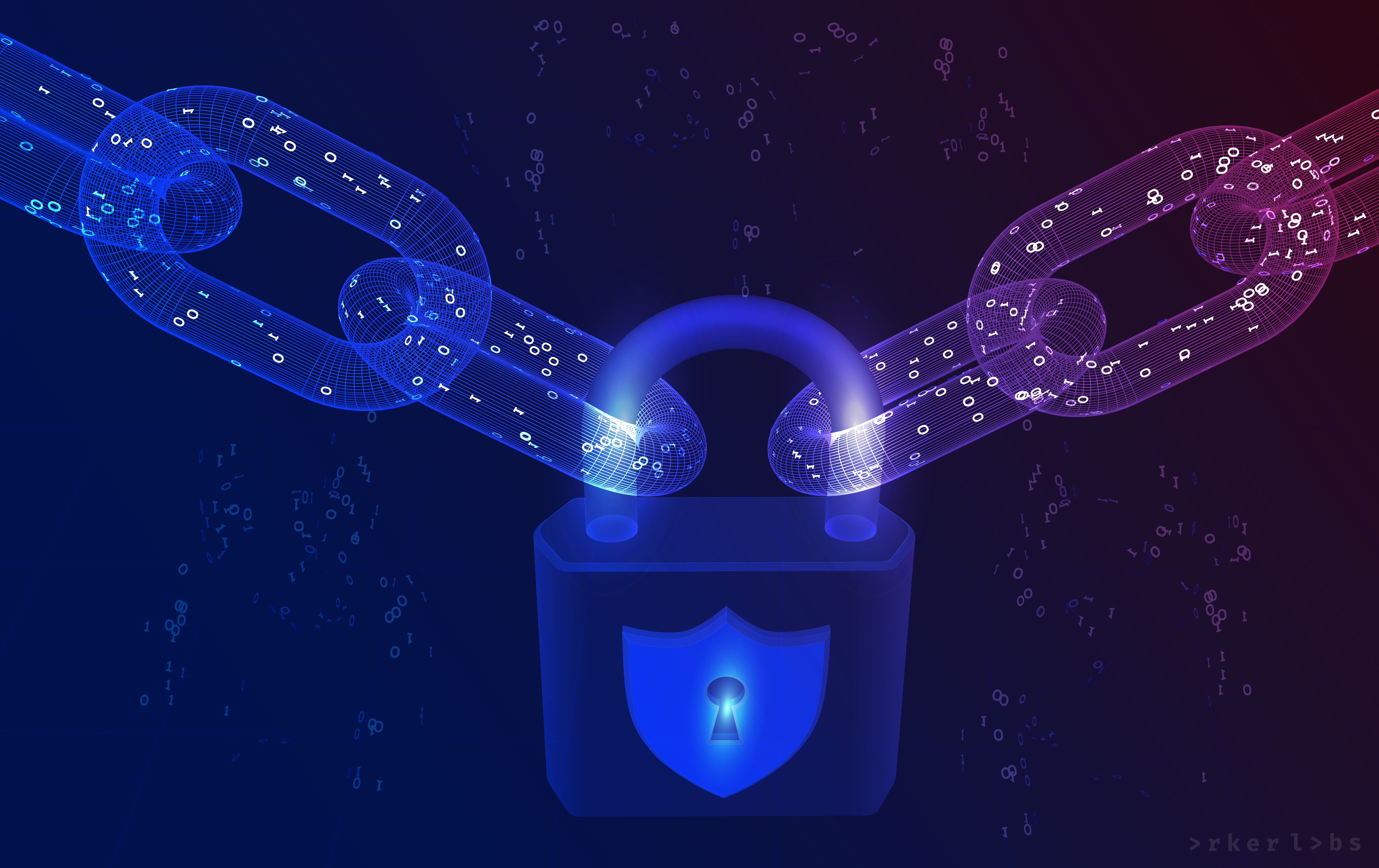To be able to move through the Blockchain, use it and trust it, we must first know it and know all the possibilities that it can bring us.
What is the Blockchain for?
The Blockchain helps us to obtain truthful and totally transparent information of a product or a transaction, so we can track them, knowing all the data from the beginning until it ends.
The benefits of the Blockchain is that it is Decentralized.
What do we mean by this? Well, it is not connected to a single server, but it is connected to several servers that are independent of each other. In this way, if one fails, it does not jeopardize the project and it will continue to work.
Now we know what its function is, but… What is it?
We can define Blockchain from 4 key concepts, which are:
- Database: It is a program that allows us to record and store a large amount of information in an organized way. This is stored in a computer system electronically.
To relate it to something that may be familiar to us, we could say that it is similar to an account book, in which we make a list with all the information of our expenses
- Public: The information stored is public, which means that anyone can access the data.
- Ordered: Its structure is ordered, this means that rows of blocks that are related to each other are created. Each time we send a transaction, this information is collected in a block. The blocks have a certain amount of memory space and when this is full, another block is created and connected to the previous one, verifying the data of this first block. These blocks that are created are connected to each other until a block chain is created.
- Immutable: The blocks cannot be modified or forged, each new block that is created reinforces the information of the previous block. This makes the Blockchain a secure technology.

How does it work?
This blockchain works through 4 steps:
- The first step is to perform a transaction, such as could be cryptocurrencies, from a user A to a user B.
- The next point is to check if it meets the requirements for the transaction to be carried out successfully. For example, if we are sending an NFT, the nodes will check whether that NFT is in the possession of the person sending it or not.
- Once the transaction is accepted, the next step is the integration of this information into a block in which all the information of the sending is recorded, such as who is sending it, who is receiving it, the interaction between both, what they have exchanged, etc.
- Finally, some blocks are connected to others, as we have explained before, this information is added to the blocks, when they reach their full capacity, a new one is created and connected to the previous one.
If you found this publication interesting, don’t miss the next part: Types of blockchain

